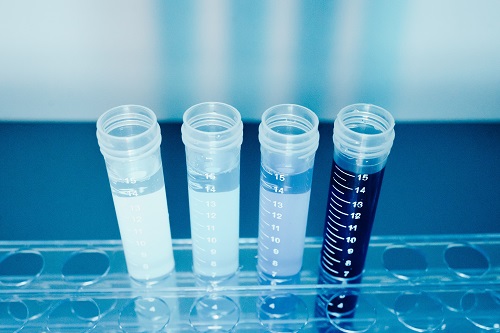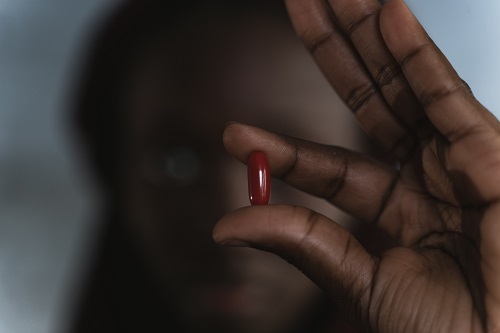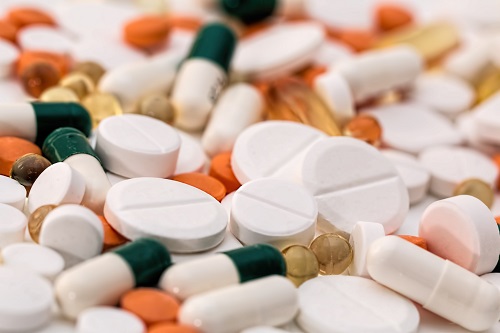Vigilance: IVDR – A Review of Vigilance Regulations for In Vitro Diagnostic Devices
The In Vitro Diagnostic Regulation (IVDR; 2017/746) started its staggered implementation in May 2022.
Compared to the In Vitro Diagnostic Directive (IVDD; 98/79/EC), post-market surveillance and vigilance have been given their due in the IVDR; they are now clearly distinguished and treated as separate entities.
Reporting requirements in the previous Directive were not considered sufficient for the European Authorities when it was time for a regulatory update.
The updated vigilance requirements in the IVDR are mainly unchanged from the guidelines published in MEDDEV 2.12 Revision 8, published in July 2019.
Thus, the vigilance requirements in the IVDR are not new per se, as they were already included in the MEDDEV guidelines.
The regulation has been updated to reflect current practices and standards in the industry.
This article reviews vigilance requirements under the IVDR, including vigilance reporting requirements and deadlines, manufacturer and authority responsibilities, and the implementation of vigilance processes.
Vigilance requirements are described in Section 2, Articles 82-87 of the IVDR.
How does vigilance differ from post-market surveillance?

Post-market surveillance collects and reviews a medical device’s behavior in the market, whereas vigilance activities are performed when that behavior fails.
Vigilance consists of identifying, reporting, and trending serious incidents and the processes related to any field safety corrective action taken to mitigate risk to the user and patients.
Vigilance reporting

Reporting serious incidents and implementing field safety corrective action (FSCA) is a critical feature of vigilance requirements for in vitro diagnostic medical devices.
Similar to the European Medical Device Regulation (MDR; 2017/745), the requirements for vigilance reporting are defined in the first article of the vigilance section.
Any serious incidents involving devices on the European market must be reported to the relevant competent authorities.
Likewise, any field safety corrective actions undertaken in the EU or a third country for medical devices also available on the EU market must also be reported to the authorities.

Any serious incidents due to expected erroneous results, documented and quantified in the product information, are not required to be reported. However, they must be included in trend reporting.
The manufacturer must report serious incidents within 15 days of becoming aware of them.
Unexpected serious deterioration in a person’s state of health and death is required to be reported to the authorities within ten days of the manufacturer becoming aware of the incident, but preferably as soon as the manufacturer suspects a causal relationship between the medical device and the incident.
In the case of a serious public health threat, the manufacturer must report it to the competent authority no later than two days after becoming aware of the incident.
In case of uncertainty regarding the reportability of an incident, submitting vigilance reports within the required timeframes is encouraged.
Incomplete reports should always be followed by complete reports once the incident has been appropriately investigated.
Analyzing serious incidents and field safety corrective actions

Any medical device vigilance system is useless without proper processes to analyze incidents and risks and mitigate the risk of reoccurrence as much as possible.
Part of the vigilance reporting requirements in the IVDR focus on the analysis of serious incidents and FSCAs (Field safety corrective actions).
FSCA reporting process
It is the manufacturer’s responsibility to perform the necessary investigations into the incident and any potential FSCA triggered by the incident.
This includes full cooperation with the national competent authority, submission of complementary and final incident reports, and notifying the public about the FSCAs through a field safety notice.

In the same vein, the competent authority is responsible for reviewing investigation reports submitted by medical device manufacturers, evaluating the risks associated with the incident, and taking into account public health, as well as causability, detectability, and probability of reoccurrence.
Depending on the regulatory situation, the national authority may also have to inform the competent authority that approved the medicinal product or the EMA about companion diagnostic medical devices.
Trend reporting

Trend reporting is a relatively new term in European medical device regulations.
The purpose of trend reporting is to determine and analyze if there is an increase in the frequency or severity of incidents.
Trend reporting does not include serious incidents that have already been reported but rather incidents that were not serious enough to report but still could point to an alarming increase in problematic device behavior.
In the trend report, the manufacturer must specify how to manage these non-serious incidents and clarify the methodology used to determine any statistically significant increases in incidents, i.e., list and explain the statistical methods used to determine trends.
EUDAMED

All vigilance reports for in vitro diagnostic medical devices should be submitted to the competent authority through EUDAMED, along with post-market surveillance periodic summary reports and periodic safety update reports.
All the information in EUDAMED is available to the competent authorities in each member state and the European Commission.
General considerations

Incident reports and other documents related to vigilance reporting (and post-market surveillance) must be written and edited in the official Union language.
Unless there is extraordinary urgency, the draft of the field safety notice should be submitted to the evaluating competent authority to allow them to make comments.
UDI’s for all the medical devices involved in reportable serious incidents must be reported to the authority.
Suppose a serious incident happens about medical devices that have already been reported to the authority or are included in already implemented FSCAs. In that case, the manufacturer can provide periodic summary reports instead of individual serious incident reports.

Vigilance reporting and procedures have not been clearly separated for in vitro diagnostic medical devices in the past. Still, with the implementation of the IVDR, vigilance has taken precedence along with post-market surveillance.
The ultimate goal of vigilance reporting and post-market surveillance is to provide patients and users with safe and efficient medical devices. With the inclusion of vigilance as a separate entity in the IVDR, the European Commission has highlighted its efforts to ensure the safety of the European public.
